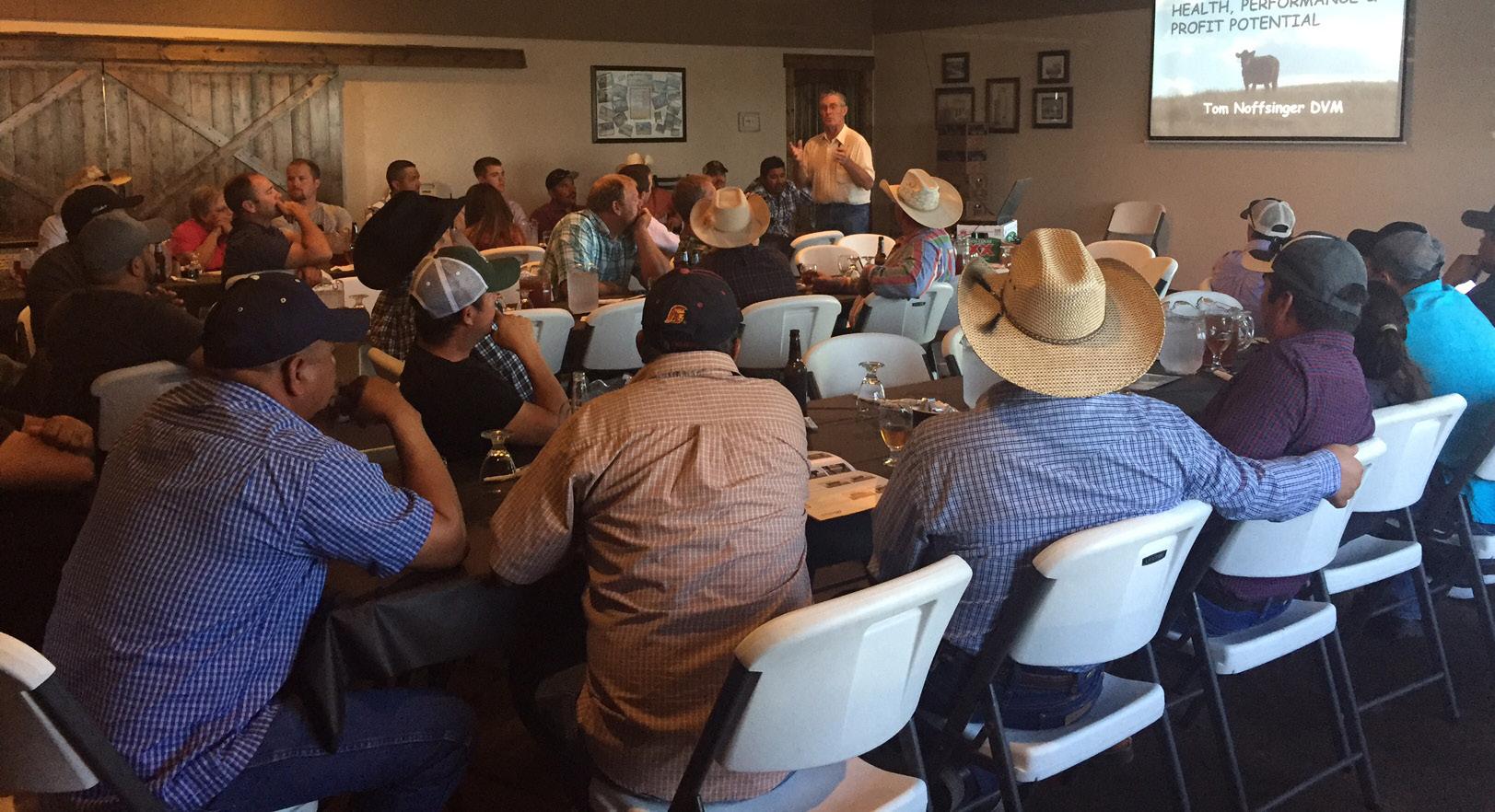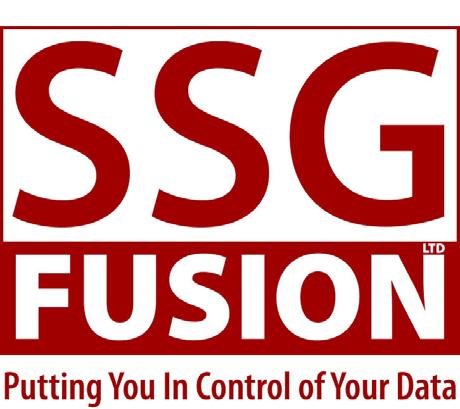
4 minute read
How Do We Deal With Conflict and Tough Conversations?
By: Dr. Nels Lindberg, Production Animal Consultation
As this fall run comes to a close, we can look back on the issues and problems we have tackled over the past few months. We might have been challenged with keeping our teams motivated daily, dealing with surprise loads of cattle, or handling a customer unhappy over some deads. Maybe a feed truck driver ran over and tore up a bunkline or a water line broke, creating a mud hole the size of Texas. Regardless of the challenges faced, there were likely conflicts along the way. As leaders, we often do one of two things: we either create conflict or avoid it.
Many times, we create conflict by being aggressive entrepreneurs and pushing our crews too hard as we grow our businesses. We generate chaos as we shift between ideas and opportunities for growth and we lose focus on what truly matters, which may lead our organizations in the wrong direction.
Conflict and problem solving are a normal part of growth, and as leaders we must find a balance between management and entrepreneurship. Under-managing can create excess turmoil in our organizations, while over-managing typically leads to stagnation and limits growth.
We can also create conflict by having high expectations of our teams. Most people have faced low expectations their whole life. We must always look to “raise the bar” and set high expectations, or we will never achieve high levels of success.
The second challenge we face as leaders is avoiding conflict or tough conversations. This is an issue for most of us, and I have failed at it many times. But what happens if we have a splinter and we don’t remove it? It only festers.
Not addressing the conflict or having the tough conversation only allows the issue to fester. And the worst part is unresolved conflict leads to gossip, which is deadly to all organizations. On the flip side, over-managing in an effort to eliminate all conflict limits growth and the ability to change or adapt, which is also deadly to organizations. Again, we must continually pursue that sweet spot between managing and creating.
One of the worst things that we can do as leaders is be part of the conflict. We must have the humility to look at ourselves in the mirror and establish if we are unknowingly participating in the issue. We often participate in conversations with crews or teams that create, magnify, and even explode into conflict.
The use of a mirror is very powerful, and we must look into it routinely and ask ourselves if we are participating in the problem. If we are, we must be able to change that answer very quickly, or we will fail in even attempting to lead an organization, especially as we attempt to resolve issues.
As we face the issues head on, we must look at the big picture and identify some of the “roots” of the issues. If we created them through our leadership, we need to address the issues with ourselves first and foremost. Then we must take full responsibility with our teams and have an honest conversation with them.
Maybe we took on way too many calves and we overwhelmed our teams. Or maybe we hired the wrong mill manager or head cowboy to lead a team. As a side note, routinely ask yourself, “Is there anyone on our team that I would not rehire if I was looking to hire again?” If the answer to that question is yes, work now to help that person find a better opportunity elsewhere.
Handling these conflict situations and tough conversations starts with excellent communication. Communication is the lifeblood of all top-running operations. We can all think of places we have worked with terrible communication. Would you go back? As leaders, we must do simple things such as walk around the organization.
We must get out of the office and talk to our people, from cattle foremen and bunk readers to feed truck drivers and tank washers. These people will give you the “vibe” of the operation.

Communication should happen early and often, and we should never address an individual conflict publicly. We are often tempted to do so when we are upset, but if we do so in front of their entire team, they will lose all respect for us.
Communication takes love and grace. That may sound weird and you may think I’m crazy, but having love and grace for all of your people will give you a much different tone and much better word selection when you have these conversations. What is your level of love and grace for the team you lead? Do you genuinely care for them, their family, and their success? Remember, these are people, with families, with mouths to feed, with personal challenges outside of the yard, and they need our love, grace, and respect.
The hardest thing for us to learn and to do is to intentionally work very hard to extend the most love and grace to those we may love the least. We all have people that irritate us and give us real “heartburn”, but these are the people we must work the hardest to love. If we don’t, we will never gain their trust, or even the team’s trust, and we may never resolve conflict with them.
As we have these conversations, we must do three things to resolve conflict: we must have very frank candor, we must have a gentle kindness, and we must be vulnerably transparent by admitting our faults and mistakes. These three points are very valuable, and the last point will win many battles if you admit your imperfections and your mistakes. If you do, you become real and genuine, and you will create a level of trust that needs to be attained.
Lastly, dealing with conflict and having tough conversations takes both energy and intentionality. As we go through our day, these situations often occur when our emotional bank account is at $0 and we have zero energy. In order to make the most of all of these situations and handle them effectively, you must have a “full tank of gas” and good positive energy. Conflict is never fun for anyone, but we must be able to handle it with much grace and love. Do you have grace and love? If not, let’s find it! Your people need it and deserve it!











